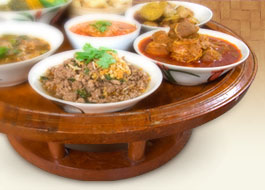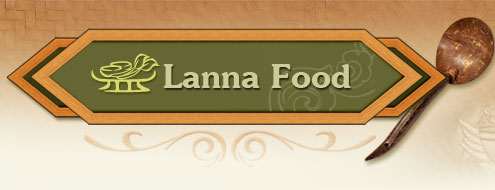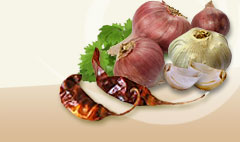
The seeds contain unsaturated fat to prevent high levels of cholesterol, prevent and treat heart disease, nerve related illnesses like insomnia, weakness, rheumatism, numbness, lack of appetite, constipation, eye weakness, cancer problems (as it contains a substance called sesamol), anti-aging. Seeds are pulverized and placed on the spot that muscle pain occurs. (Tribal Museum Online Project, 2007). |




